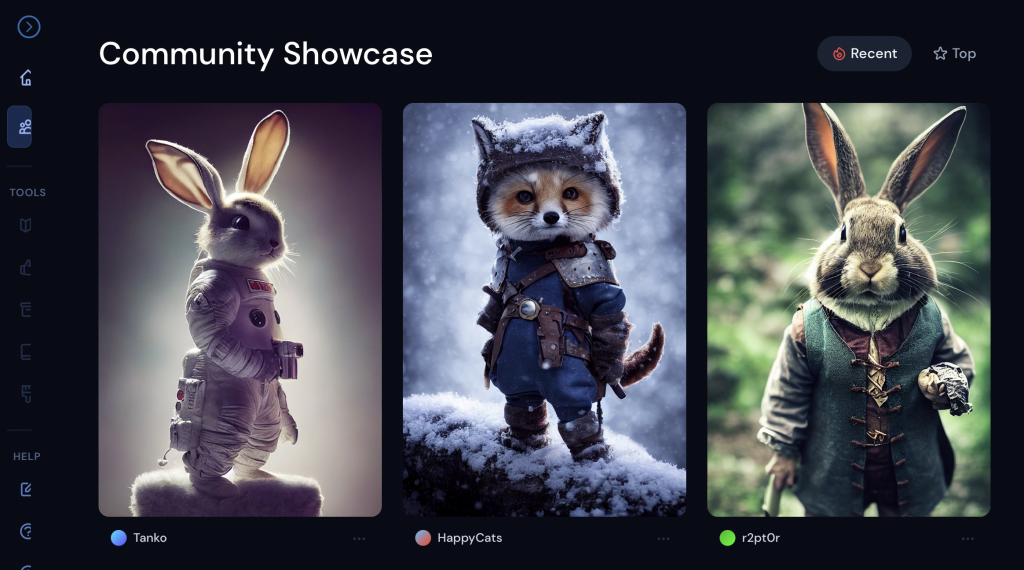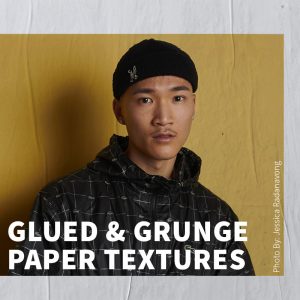
Ai Art Generators: My First Experience
Last month there was too much commentary online about the Artificial Intelligence (Ai) art generators that are coming out, or at least that is what the social media algorithm told me. It only took me a couple of interactions with the algorithm to start bombarding me with relative content to Ai art generators, and there are some great discussions about the subject.
As a new technology, for most artists and creatives, it feels like a threat to the industry; for the rest, it is a great tool to improve workflow and reduce production and conceptualizing time. After reading more in deep, I could not keep out of the loop and give it a try to experience in my own skin.
I heard about Ai a while ago; probably the first time was around 2004 when I saw a video of the Kismet robot, an autonomous robot developed at the MIT Lab in the late 90s that was able to learn through human communication and interaction. The Ai was fed while conversing with humans, learning about gestures and emotions, and expanding its vocabulary to mimic human behavior.
The robot’s appearance was more like a prototype, nothing detailed, making the concept look creepy. Since the project was more like a prototype and an idea, I did not see it as more than that, just a concept.
However, as with everything in technology, that wasn’t something that would stay on that level for sure. More advanced concepts started to emerge, robots with sophisticated Ai making decisions based on problems. I remember seeing a video of a robot with an Ai that would improve its actions based on its limitations, self-diagnose its technical issues, and send a report to another robot for assistance. At this point, I feel all this Ai technology was a subtract scene of a SciFi movie.
Nowadays, most of Ai seems not too far from a SciFi movie, particularly in automation systems and robotics. Every day it gets better, more innovative, and more efficient for specific industries, which my egocentric and naive creative soul always thought that Ai would never replace creativity and if it will, it’d probably take many, many, many… decades.

After exploring Midjourney, an Ai art generator, for a few days, my mind was a little confused; I can’t deny it. The power and practicality of generating digital art in a time of minutes was definitely an amazing-scary-threatening experience. I can see why some digital artists feel threatened. The Ai still has work to improve, but at this point, it is creating some decent visual results that certainly can be part of a commercial project. For example, the work by Dentsu Creative, a creative studio from Portugal, created a set of visual assets for a top music festival, and the result is quite interesting. The fact that an Ai machine generates the main visuals used in the campaign is intriguing and, at the same time, fascinating. In another story, it wasn’t so fascinating to learn about someone using Ai to win a State Fair Art competition, and I believe that is a big concern because the way Ai was used devalues the craft of creativity.
Although Midjourney, and the rest of the Ai art generators still have some work to do to improve their results, this technology will definitely get better and more innovative, as mentioned before. Where in some point, in my opinion, it will replace certain areas of the creative industry. At this moment, they are great tools to conceptualize and create ideas or mood boards. Because creating a specific image can take some time, which may not be sustainable. For example, a user attempted to replicate an embroidered patch with the word mars and had to render 655 images to get a decent result. I’m not sure about the timeframe it took the user to generate this image, but I know some great digital artists and illustrators can generate a similar or better image within an hour.
Considering my commercial design and technology experience, I don’t feel I can predict precisely how this Ai technology will change the creative industry. Still, I know that evolution and technology don’t have mercy on anybody, and as creatives, we must embrace and learn about this new technology. It’ll not hurt to stay current and follow its development and improvements. In the end, it may be just a trendy thing that may not influence/replace part of the creative industry.
I’m very interested in hearing your thoughts about this new technology; share your thoughts in the comments.
Cheers!
—



